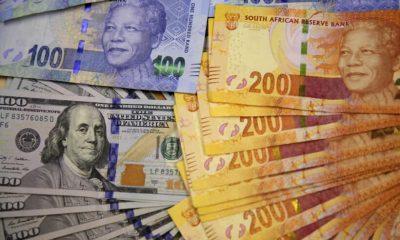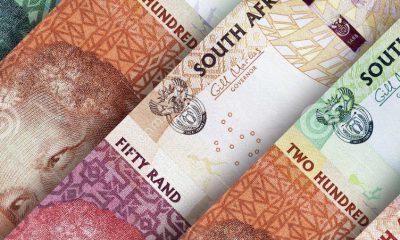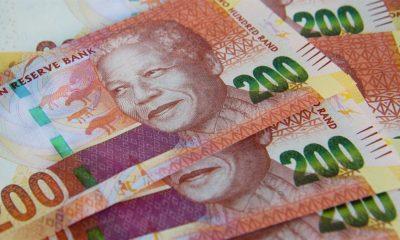Business
Rand Holds Steady Amid U.S. Interest Rate Speculations and Global Trade Tensions

The South African rand remained stable on Thursday as global markets closely monitored the U.S. Federal Reserve’s interest rate outlook and potential trade tariff implementations by President-elect Donald Trump.
On Friday, 10 January, the rand was trading at:
- R18.94 to the U.S. dollar
- R23.15 to the British pound
- R19.53 to the euro
Oil Prices and Global Factors
Oil prices were recorded at $77.21 per barrel, reflecting a market balancing global supply concerns with demand expectations.
Rand Performance Drivers
The rand’s stability comes amid several influencing factors:
- U.S. Monetary Policy:
Investors are keenly observing signals from the U.S. Federal Reserve regarding potential rate hikes, which could strengthen the dollar and pressure emerging market currencies like the rand. - Global Trade Tensions:
Speculations about aggressive trade tariffs under Donald Trump’s administration are fueling uncertainty, potentially impacting global trade flows and emerging market currencies. - South African Market Sentiment:
Local economic conditions, including inflation data and GDP growth projections, continue to play a role in influencing the rand’s trajectory.
Market Outlook
Currency analysts expect the rand to remain under pressure if the Federal Reserve adopts a more hawkish stance or if global trade tensions escalate. However, local factors, such as improved economic reforms or investor confidence, could offer some support.
Oil Price Implications
Higher oil prices may lead to increased fuel costs, impacting South Africa’s inflation outlook and influencing monetary policy decisions.
As the rand trades steadily, market participants will be closely watching both local and global developments, including U.S. interest rate decisions and trade policy changes. With oil prices hovering near $77, the economic ripple effects will likely shape the currency’s performance in the coming weeks.



























